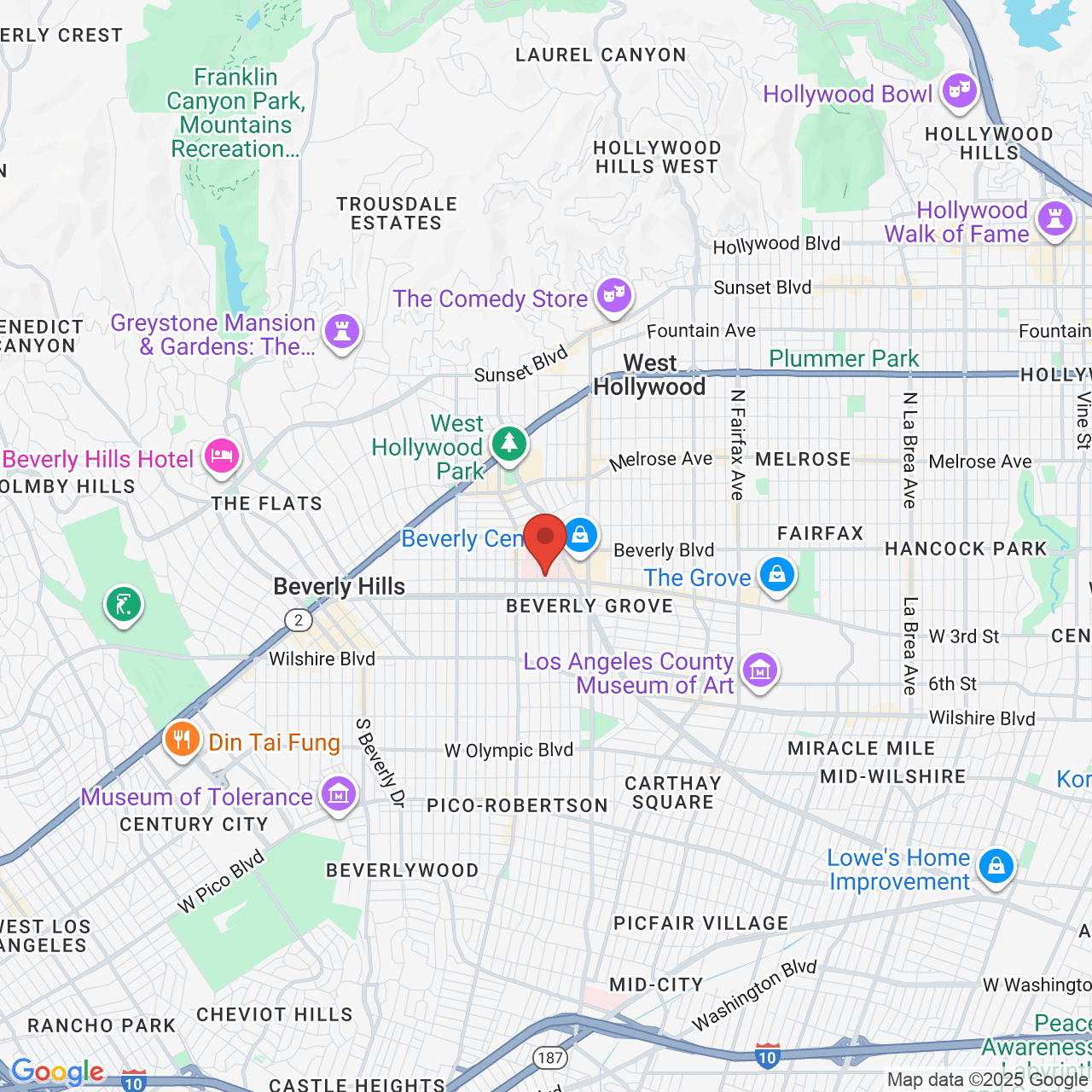Corneal Transplantation
The cornea is the clear, front window of the eye. It helps focus light into the eye so that you can see. The cornea is made of layers of cells. These layers work together to protect your eye and provide clear vision.
Your cornea must be clear, smooth and healthy for good vision. If it is scarred, swollen, or damaged, light is not focused properly into the eye. As a result, your vision is blurry or you see glare.
If your cornea cannot be healed or repaired, a corneal transplant may be recommended. This is when the diseased cornea is replaced with a clear, healthy cornea from a human donor.
A human donor is someone who chooses to donate (give) his or her corneas after their death to people who need them. All donated corneas are carefully tested to make sure they are healthy and safe to use.
There are different types of corneal transplants. In some cases, only the front and middle layers of the cornea are replaced. In others, only the inner layer is removed. Sometimes, the entire cornea needs to be replaced.
Corneal Transplant Surgery Options
Full thickness corneal transplant
Your entire cornea may need to be replaced if both the front and inner corneal layers are damaged. This is called penetrating keratoplasty (PK), or full thickness corneal transplant. Your diseased or damaged cornea is removed. Then the clear donor cornea is sewn into place.
PK has a longer recovery period than other types of corneal transplants. Getting complete vision back after PK may take up to one year.
Endothelial keratoplasty
In some eye conditions, the innermost layer of the cornea called the “endothelium” is damaged. This causes the cornea to swell, affecting your vision. Endothelial keratoplasty is a surgery to replace this layer of the cornea with healthy donor tissue. It is known as a partial transplant since only this inner layer of tissue is replaced.
There are a few types of endothelial keratoplasty. They are known as:
- DSEK (or DSAEK) — Descemet's Stripping (Automated) Endothelial Keratoplasty
- DMEK — Descemet's Membrane Endothelial Keratoplasty
Each type removes damaged cells from an inner layer of the cornea called Descemet’s membrane. The damaged corneal layer is removed through a small incision. Then the new tissue is put in place. Just a few stitches are needed to close the incision. Much of the cornea is left untouched. This lowers the risk of having the new cornea cells being rejected after surgery.
An opportunity for clear vision
If you have a damaged cornea, you and Dr Knezevic will discuss your options for improving your vision. For people with a deeply scarred or swollen cornea, transplant surgery can restore clear vision.
Reference: https://www.aao.org/eye-health/treatments/about-corneal-transplantation


